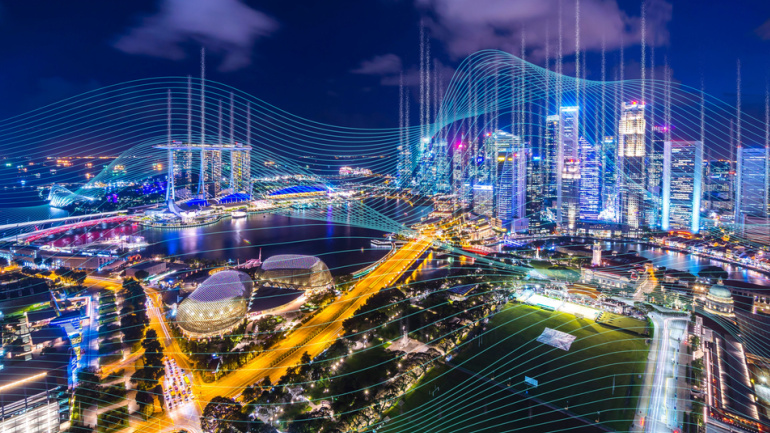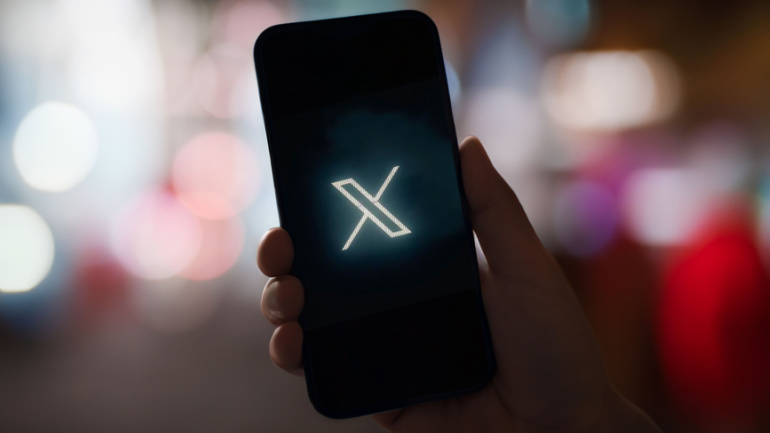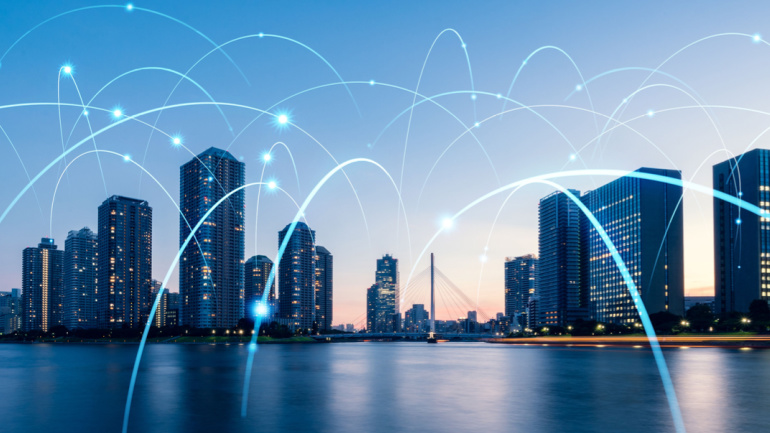In the short span since 5G’s inception, one of its most successful applications surprisingly isn’t smartphones, but Fixed Wireless Access (FWA) enhancing home broadband services. Currently dominating 90% of new US broadband subscriptions, this trend sparks intriguing implications. Yet, fiber broadband’s speed and dependability present a formidable challenge, set to increasingly permeate the market aided by ample public funding. Meanwhile, FWA’s flexible and user-friendly nature makes it a robust contender, particularly in areas where fiber is not feasible.
Ooma, Inc., the innovative communications platform for both consumers and businesses, has unveiled a suite of dynamic enhancements to its Ooma Office business communications service. The new additions, encompassing online bookings, streamlined messaging, and enhanced team collaboration, aim to amplify business efficiency and client interactions.
Ericsson, the global telecom giant, has just shattered 5G records, achieving an incredible 5.7Gbps download speed by ingeniously blending three frequency bands. This breakthrough, a result of Ericsson’s advanced hardware, software and RAN coordination, opens a new horizon in performance boost and superior connectivity for 5G users. This latest success cements Ericsson’s spot at the forefront of the race for ultra-high-speed connectivity, even as competitors also explore the potential of carrier aggregation.
Deutsche Telekom and Google venture into tablet manufacturing, pinning their hopes on the affordable “T Tablet”. Designed for digital learning, this device blends advanced hardware, potent software, and network capabilities. Aiming at a wider 5G access, it also targets narrowing the digital divide. The tablet’s debut could spark new conversations about digitization in the education sector and beyond.
8×8 boosts Microsoft Teams with native calling integration, Opera’s iOS app adds Aria AI chatbot for content generation, Rogers clinches top spot in umlaut’s Canadian carrier study, and IoT propels enterprise transformation with 5G and eSIM adoption, per Omdia survey.
A recently conducted study on ChatGPT, a popular AI chatbot, unveiled a political bias in its responses. A group of researchers from UK and Brazil noted a discernible left-leaning orientation, shaping an unexpected narrative. This raises questions about AI’s impartiality in conveying content, and signals the need for stricter scrutiny and regulation. As AI increasingly guides our informational insights, maintaining neutrality in its delivery becomes crucial for preserving integrity, particularly in electoral processes.
The UK’s Advertising Standards Authority recently adjudicated a dispute over the supposed misleading adverts of ISP, 6G Internet. The ASA ruled that the company name erroneously suggested the availability of non-existent 6G services. The decision underlines a recurrent issue of consumer confusion over service offerings in the telecommunications sector. Despite the controversy, 6G Internet has not indicated plans to adjust their brand name, possibly sparking inevitable customer confusion as the prospect of true 6G technology looms nearer.
As mobile operators grapple with record levels of international roaming traffic, they are faced with intricate wholesale roaming partnerships. Syniverse’s Senior Director, William Oliver, sheds light on intricacies surrounding such relations, mainly due to time-consuming discount calculations. Oliver proposes ‘multilateral netting’ as a solution to streamline cash flow and decrease workloads, taking into account not just roaming bills, but a variety of other payments.
In an unexpected turn of events, users have experienced noticeable delays in their connections from X, formerly known as Twitter, to prominent online platforms including Facebook, Instagram, Bluesky, Substack, Reuters, and The New York Times. This five-second lag, discovered by The Washington Post, has sparked concerns and discussions about the impact of even the slightest online slowdowns.
Transferring 5G workloads to the public cloud is proving slower than expected, leading financial firm Dell’Oro to adjust its growth predictions for 5G standalone (SA) solutions down. Despite this, a growth rate of 65% over five years is still anticipated. However, the slow adoption of 5G SA by mobile network operators and enterprises has led to a cautious approach. Hyperscale cloud providers look set to hold just 6% of total market revenue in the next five years, underscoring the remaining untapped potential in the 5G SA market.













